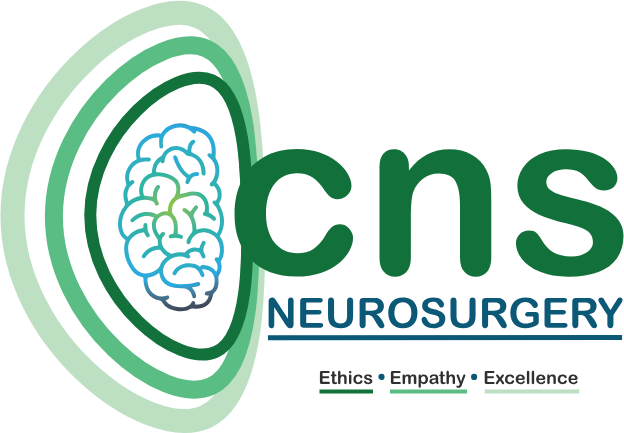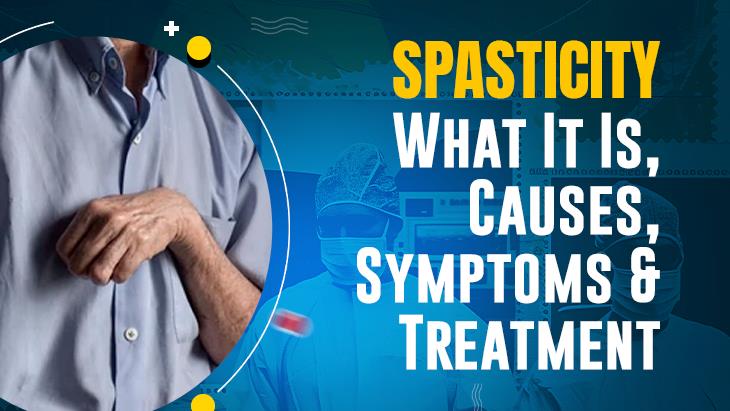Spasticity is a medical condition that affects muscle control, causing stiffness, tightness, and involuntary muscle contractions or spasms. Often associated with neurological disorders, spasticity can significantly impact a person’s mobility, posture, and overall quality of life. While it is most commonly linked to conditions such as cerebral palsy, multiple sclerosis (MS), stroke, and spinal cord injuries, it can also arise from other diseases affecting the central nervous system (CNS).
Understanding the nature of spasticity, its causes, symptoms, and treatment options can help individuals and caregivers manage the condition more effectively. In this blog, we will dive deeper into spasticity and explore the ways it can be addressed to improve the lives of those affected.
What Is Spasticity?
Spasticity refers to an abnormal increase in muscle tone or stiffness that can interfere with movement, speech, or everyday activities. This increased tone is caused by a disruption in the signals between the brain and the muscles, resulting in excessive muscle contraction.
Normally, the brain sends signals through the spinal cord to control muscle movements, allowing for smooth and coordinated actions. However, when the pathways that regulate this communication are damaged—whether by injury or disease—muscles can remain in a contracted state, leading to stiffness and involuntary movements.
Causes of Spasticity
Spasticity is typically a result of damage to the central nervous system (CNS), which includes the brain and spinal cord. Some of the most common causes of spasticity include:
1. Cerebral Palsy (CP)
Cerebral palsy is a group of disorders that affect movement and muscle tone. It often arises due to damage to the developing brain either during pregnancy, childbirth, or shortly after birth. Many individuals with CP experience spasticity, which can affect their mobility and ability to perform daily tasks.
2. Multiple Sclerosis (MS)
Multiple sclerosis is an autoimmune disease that damages the protective sheath (myelin) covering the nerve fibers. This damage leads to communication problems between the brain and the rest of the body, often resulting in muscle stiffness and spasms.
3. Stroke
A stroke occurs when blood supply to the brain is interrupted, leading to brain cell death in specific areas. If the areas responsible for movement and muscle control are affected, spasticity may develop as a long-term consequence.
4. Spinal Cord Injuries
Spinal cord injuries disrupt the signals between the brain and the muscles, leading to loss of voluntary movement and sometimes spasticity in the areas below the injury site. The severity of spasticity can vary depending on the location and extent of the injury.
5. Traumatic Brain Injury (TBI)
A TBI can damage the parts of the brain that control muscle tone, resulting in spasticity. The severity of spasticity in individuals with TBI depends on the extent of the damage to the brain.
6. Neurodegenerative Diseases
Conditions like amyotrophic lateral sclerosis (ALS) or Parkinson’s disease may also lead to spasticity as the nervous system deteriorates over time.
Symptoms of Spasticity
The severity of spasticity can range from mild stiffness to severe, uncontrollable muscle spasms. Common symptoms include:
- Muscle Stiffness: Muscles remain tight, making it difficult to move affected limbs.
- Involuntary Muscle Spasms: Sudden, uncontrolled contractions of muscles, often painful and unpredictable.
- Limited Range of Motion: Difficulty moving the joints freely, affecting flexibility and mobility.
- Pain or Discomfort: Spasticity can cause pain in the muscles or joints, especially after prolonged muscle contractions.
- Posture Problems: Spasticity can lead to abnormal postures or deformities as the muscles pull on the bones.
- Difficulty with Daily Activities: Actions such as walking, dressing, or gripping objects may become difficult due to reduced motor control.
In children, spasticity can hinder development, making it harder to learn to crawl, walk, or use their hands for tasks like writing or feeding themselves.
How Is Spasticity Diagnosed?
A healthcare provider, such as a neurologist or physical therapist, typically diagnoses spasticity through a combination of medical history, physical exams, and diagnostic tests. The following may be part of the diagnostic process:
- Medical History: Understanding the patient’s medical background, including any history of neurological disorders or injuries.
- Physical Examination: The doctor will assess muscle tone, joint mobility, and the severity of spasms.
- Imaging Tests: In some cases, imaging tests like MRI or CT scans may be ordered to identify any underlying CNS damage.
Treatment Options for Spasticity
Spasticity is a chronic condition that often requires a combination of therapies to manage. While there is no cure for spasticity, various treatments can help reduce symptoms, improve mobility, and enhance the quality of life.
1. Physical Therapy
One of the most effective treatments for spasticity, physical therapy focuses on exercises that improve range of motion, muscle strength, and flexibility. Stretching exercises can help reduce stiffness, while targeted activities can strengthen weak muscles and improve motor control.
2. Occupational Therapy
Occupational therapy helps individuals improve their ability to perform daily activities, such as dressing, eating, and grooming. Therapists may recommend assistive devices or modifications to enhance independence and functionality.
3. Medications
Several medications can help reduce muscle stiffness and spasms. Common drugs used to treat spasticity include:
- Baclofen: A muscle relaxant that works by reducing the activity of the nerves responsible for muscle contractions.
- Tizanidine: Another muscle relaxant that helps reduce muscle stiffness by blocking nerve signals.
- Diazepam (Valium): A sedative that can help with severe muscle spasms, though it may cause drowsiness.
- Botox Injections: Botulinum toxin injections can temporarily relax muscles, making them a popular choice for treating localized spasticity.
4. Orthotics and Braces
Splints, braces, or orthotic devices can help maintain proper alignment of the joints and prevent contractures (permanent muscle shortening). These devices also help improve mobility and reduce pain.
5. Surgical Interventions
In cases where spasticity is severe and other treatments have not been effective, surgery may be an option. Surgical procedures might include:
- Selective Dorsal Rhizotomy (SDR): A procedure where certain sensory nerve fibers in the spinal cord are cut to reduce spasticity.
- Tendon Release or Lengthening: This involves cutting tight tendons to allow for more flexibility and improved movement.
6. Neuromodulation
Advanced treatments like intrathecal baclofen therapy involve the direct delivery of medication to the spinal cord via a pump, allowing for targeted relief of spasticity with fewer side effects.
Living with Spasticity
Managing spasticity requires ongoing care and collaboration between patients, healthcare providers, and caregivers. While treatment can significantly improve symptoms, maintaining an active lifestyle and following a treatment plan is crucial for managing the condition effectively.
Caregivers play a vital role in helping individuals with spasticity, from assisting with daily activities to ensuring regular physical therapy and medical appointments.
Conclusion
Spasticity is a challenging condition, but with the right combination of treatments, individuals can manage their symptoms and lead fulfilling lives. Whether it’s through physical therapy, medications, or advanced surgical procedures, there are many ways to reduce muscle stiffness, improve mobility, and enhance overall well-being. If you or a loved one is struggling with spasticity, consult with a healthcare professional to create a personalized treatment plan that addresses your specific needs and goals. With the right approach, you can take control of spasticity and improve your quality of life.

